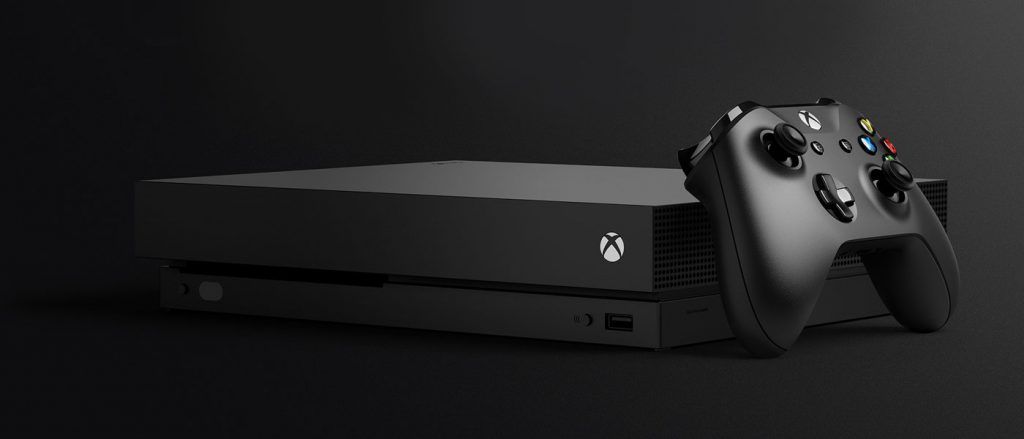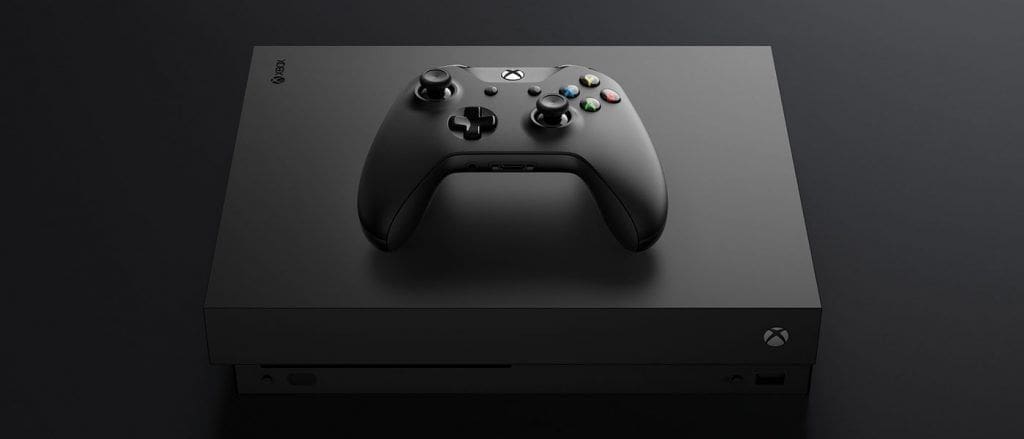How to Future Proof A Generation
I remember my friends earnestly telling me that the Xbox 360 and PS3 were going to be the end of the console generation. By the time our internet got good enough they’d tell me, the PS3 would be nothing more than a streaming device outsourcing the processing to some server farm on the opposite side of the planet. Thankfully this wasn’t the case. I’m not sure New Zealand’s 2006 internet infrastructure would be quite up to the task of doing zero latency gaming.
This didn’t stop the rumours of “the last generation” springing up again when the Xbox One and PS4 releases were creeping up on us in 2013. This sort of talk has quickly died down with the new trend sweeping the console industry of doing iterative releases. I can’t keep up with the number of size options Nintendo has released for the DS with reckless abandon but fortunately Microsoft has taken a more cautious approach.
Last year they released the Xbox One S, which instantly makes me recall the sorts of releases iPhone and Samsung Galaxy have been doing. Minor improvements but not enough major change to necessitate a new generation and overhaul of the games library.
Now, a year later, Microsoft is release the Xbox One X, previously known as the codename Project Scorpio. Once again this isn’t a new generation, there won’t be One X exclusives and your old library of games aren’t destined for the bin anytime soon. Sure it doesn’t sound sexy when I say it like that, but bear with me.
What the One X is doing is extending the lifetime of the Xbox One library without falling behind the pack with inferior hardware. It’s the nature of the beast that by the time a new generation of consoles comes out they’re already a step behind what PC gamers expect in terms of grunt. PC gamers also don’t expect to lose their entire steam library when they whack a new GPU into their rig.
I got some hands on time with the Xbox One X in Sydney, and I was impressed. To counter my previous paragraph of critique about consoles, Microsoft has jammed as much power into the One X as they possibly could, future proofing it for as long as possible. For all the jokes about Microsoft blurring the lines between PC’s and consoles, playing Forza on a massive 4k screen with zero lag and minimal load time is really how gaming is meant to be done.
Kevin Gammill, group project manager on the Xbox engineering team spoke to me about the three tenants of the One X, “compatibility, uncompromised gaming power, and craftsmanship.”
The console itself hasn’t gained any bulk despite the steroids being pumped into it. In fact you’ll have a hard time telling the difference physically between the One S and the One X. The engineering team have even kept the plugs on the back of the One X in the same place as the One S, so when you upgrade you won’t be mucking around in the netherrealm of your TV getting cables sorted. Gammill was particularly stoked to talk about how easy it was to take the One X home for testing, plonking it on top of the One S and switching out the cables blind without peering over the top.

They’ve also tried to make it as easy as possible to upload and backup your games from your One S to a HDD, and then copy over to the One X. As someone who had a gimpy Nintendo Switch with no way to backup hundreds of hours of Breath of the Wild playtime, I was envious of Microsoft’s forethought in this area.
In terms of gaming power the engineering team talked to both first and third party devs making games and asked them what sort of specs they’d need, and then delivered. What we’re left with is a machine that outstrips the competition in every way.
“We want to provide developers the best set of paints and canvases to let them deliver the games they want.” Gammill told me. The team at Microsoft kept coming back to how they wanted to support developers as much as possible, which makes me recall a certain Steve Ballmer video.
To stay relevant in the living room the One X renders games at 4k, taking advantage of the latest generation of TV’s. For people that aren’t going to be upgrading their TV anytime soon the One X’s rendering power doesn’t go to waste. Using supersampling Microsoft has been able to output a crisper more detailed image on 1080p screens.
“Your existing titles will look crisper, load faster and have steadier framerates even if you don’t have a 4k TV.” Gammill says.
The One X is also giving a new lease on life for older titles, perhaps even at the expense of the “remastered edition” packages, since devs can release 4k assets that can be patched right onto your old games, giving them a whole new lease on life.
“We announced that we were tracking about 30 titles within our launch window that would be providing One X updates. Since E3, at Gamescom we were tracking about 100 titles that will be offering enhanced versions.”
Making the jump for the devs wasn’t as difficult as say, porting a game to another console.
“The Path of Exile guys were up and running within a day or two, the Ark Survival team did it in a similar amount of time. Forza were up and running in a day.”
So now we’re going to start seeing games packaged with 4k textures, but people who aren’t making the jump shouldn’t be worried that their older consoles HDD’s are going to be jammed full of assets they won’t even be using.

The Specs
Video: 4K output, HDR 10 support
CPU: Eight-core 2.3GHz processor
Storage: 1TB hard disk
GPU: 40 compute units at 1172MHz
RAM: 12GB GDDR5 (shared between system and GPU)
Bandwidth: 326GB/s
Disc: UHD Blu-ray player
Audio: DTS 5.1, Dolby Digital 5.1 and Atmos, PCM 2.0, 5.1, 7.1
Wireless: Bluetooth, dual-band Wi-Fi, Wi-Fi Direct, IR blaster
Connectors: 2x HDMI (2.0b out, 1.4b in), 3x USB 3.0 ports, IR out, S/PDIF, Ethernet
Microsoft has allowed devs to use what they call “Intelligent title delivery” to pick and choose the assets they install onto the console. So your old Xbox One S won’t download the 4k version of the assets, but will also avoid downloading prerendered cutscenes and audio that isn’t set to their language.
“There’s one title, I’m not going to name it, we saw a reduction of 12gb of size by leveraging this technology. It was about a 45 gig title.”
Wanting to be reassured I asked Gammill whether he was worried about fragmentation.
“No not at all. We really thought hard about this. The PC ecosystem exists today with variable performance, and most of the developers are already used to dealing with this, so when we talked to them they already knew how to deal with it. It’s been great.”

“You’re starting to see the PC and console space coming closer together, and you’re seeing that with Xbox policy stuff like ‘Play Anywhere’ where if you buy the PC version of the game you get the Xbox version free. You’re seeing it with the crossplay, like with Rocket League where you can play with PC players. Often with multiplayer games the long tail is important for them. If we can keep those multiplayer pools going for as long as possible it’s better for everyone. Both the player and the developer.”
Gamers can no longer pick up the original Xbox One as it’s just stopped being manufactured. You either have the choice between the cheaper One S, or the more grunty, expensive but future proofed One X. What we could possibly see going forward is a series of slow deprecations and replacements, with no massive game library obliterating generation leaps, similar to how the PC market has evolved.
Gammill didn’t know whether this would be the case or not, as he’s far too focused on getting the One X out at the moment. The One X is already Microsoft’s fastest-selling console pre-order ever. While it might be a stretch to say this is the last console generation, it’s definitely going to extend its lifetime.

